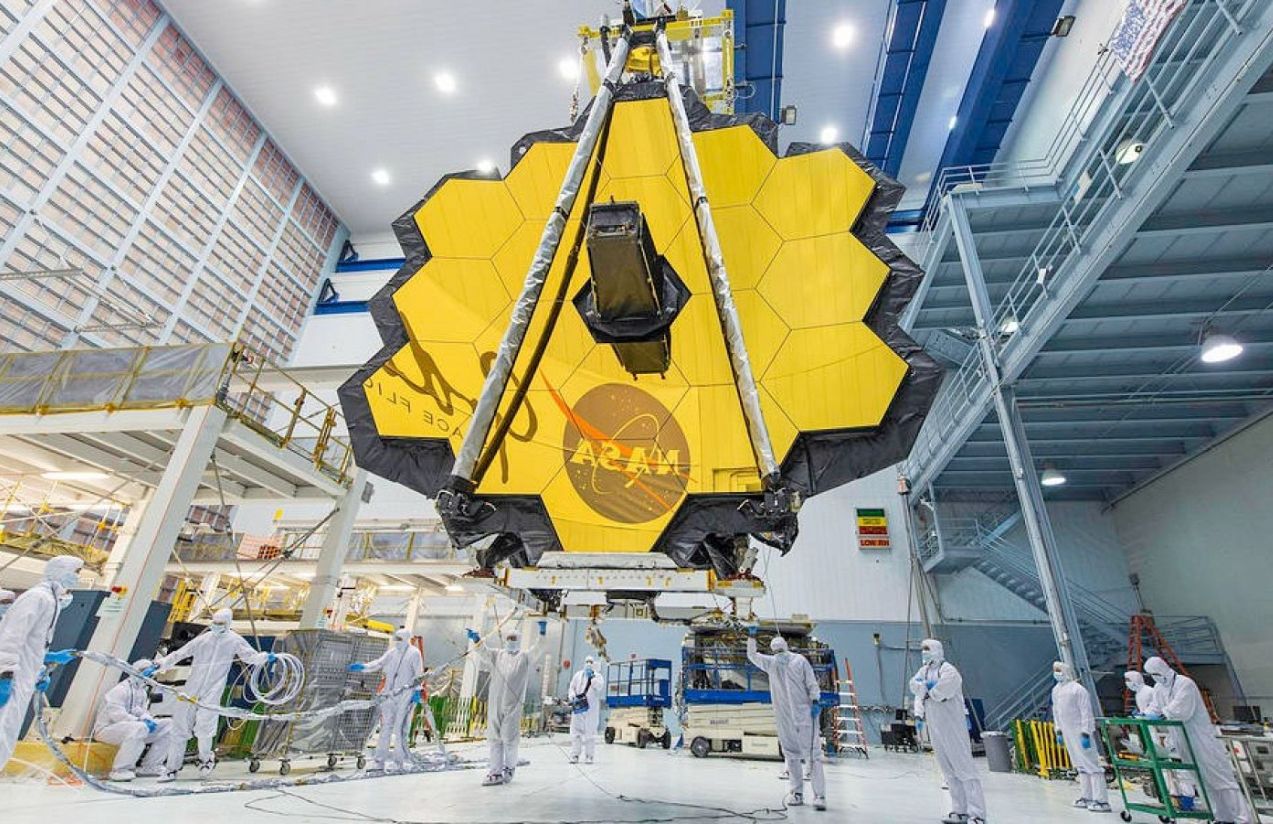A team of astronomers has announced that the James Webb Space Telescope (JWST) has detected an unprecedented galaxy that existed just 280 million years after the Big Bang, breaking previous records and challenging current models of galaxy formation.
The galaxy, named MoM‑z14, has a redshift of z = 14.44, a clear sign of its extreme age. With an approximate diameter of 240 light-years, it is tiny compared to the Milky Way, yet its stellar density is comparable to that of the Small Magellanic Cloud, and it shines with intense bursts of star formation.
Why does MoM‑z14 challenge our theories?
Cosmological models based on the ΛCDM framework (dark matter and dark energy) do not predict galaxies of this size and activity at such a primordial stage. MoM‑z14 not only exists, it is filled with heavy elements like nitrogen and carbon, suggesting an unexpected level of chemical evolution.
This finding adds to a growing list of early discoveries, including GLASS‑z12 (z≈12.3, ~355 million years post-Big Bang), JADES‑GS‑z13‑1 (z≈13, ~330 million years), and JADES‑GS‑z14‑0 (~300 million years), revealing a much more active and complex early universe than previously thought.
Impact on Cosmology
- Redefines the timeline of galaxy formation
- Suggests that stellar clusters appeared earlier than expected
- May require revisions of fundamental theories on the universe’s evolution
Are we witnessing the true origin of galaxies—or just an early glimpse?
While MoM‑z14 is the oldest confirmed galaxy so far, it’s possible that Webb is already pointing at even older galaxies, bringing us closer to observing the very first stars and galaxies ever formed.
This discovery opens a fascinating window into the early universe. Could it be the beginning of a new era in cosmology?

